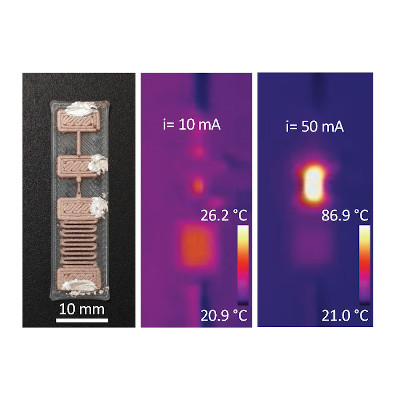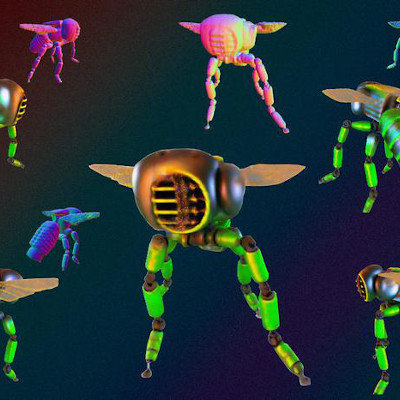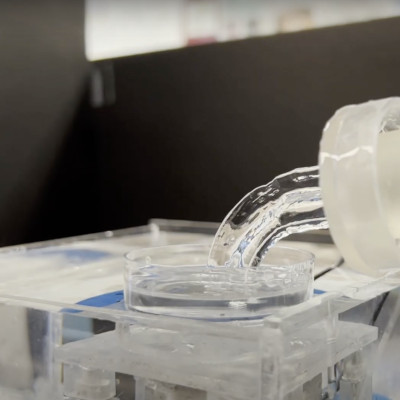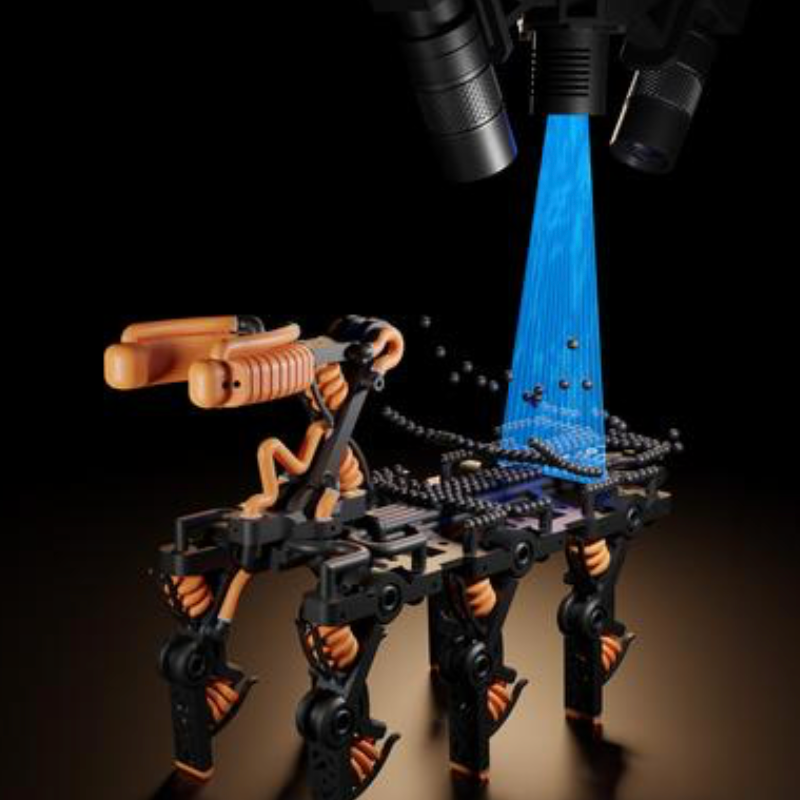Better 3D printable concrete mixed with graphene
Oct. 29, 2024.
2 mins. read.
6 Interactions
Researchers have created 3D printable concrete that is stronger, lasts longer, and is better for the environment.
Researchers at the University of Virginia have made a step forward in 3D printing technology for concrete.
The researchers have created a new kind of concrete that is stronger, lasts longer, and is better for the environment. This concrete is mixed with graphene, a super thin and strong material made from carbon, along with limestone and calcined clay cement.
3D printing in construction means using a machine to build things layer by layer (additive manufacturing), just like how a regular 3D printer works but on a much bigger scale. Instead of the plastic materials used in regular 3D printers, 3D printers for construction use concrete.
The new concrete mix helps to cut down on the carbon emissions that come from making regular concrete.
The researchers looked at how well the concrete could be printed and how strong it was. They found that this new concrete mix not only prints well but also holds up better over time. This means buildings made with this concrete could last longer without needing repairs.
The researchers describe the methods and results of this study in a paper published in the Journal of Building Engineering.
Innovation for the future of construction
A life cycle assessment of the overall environmental impact showed that the process is much kinder to the environment than previous methods.
Traditional concrete making contributes a lot to carbon emissions globally. “Our goal was to design a printable concrete that performs better and is more eco-friendly,” says professor Osman Ozbulut in a University of Virginia press release. “This kind of innovation is essential for the future of construction,” adds research co-leader Tuğba Baytak.
The press release and the paper focus on the low environmental impact of the new 3D printable concrete, but the economic advantages of construction materials that last longer also come to mind. The researchers have studied preliminary applications to transportation infrastructure to showcase the real-world potential of the work. Future applications could extend the advantages of 3D printing to the full range of construction works.
In related news, university team in Chile has built a large 3D printed concrete home, Reuters reports.
Let us know your thoughts! Sign up for a Mindplex account now, join our Telegram, or follow us on Twitter.


.png)

.png)


.png)








4 Comments
4 thoughts on “Better 3D printable concrete mixed with graphene”
Hope to see this solve homelessness issues on earth
🟨 😴 😡 ❌ 🤮 💩
Incorporating graphene into 3D-printable concrete is a game-changer for stronger, sustainable construction and innovative architectural possibilities!
🟨 😴 😡 ❌ 🤮 💩
3D printing of concrete walls has been coming for so long. A surprising final challenge used to be that in scaled up production, the concrete does not remain of sufficiently uniform quality. I'm hoping and expecting to see some breakthroughs soon tho. Innovative shifts in the construction industry have been quite few over last decades.
🟨 😴 😡 ❌ 🤮 💩
The ability to 3D print entire long-lasting buildings of high enough quality, rapidly and cheaply enough, would really change things, especially for relief operations after catastrophic natural events, but also overall.
🟨 😴 😡 ❌ 🤮 💩